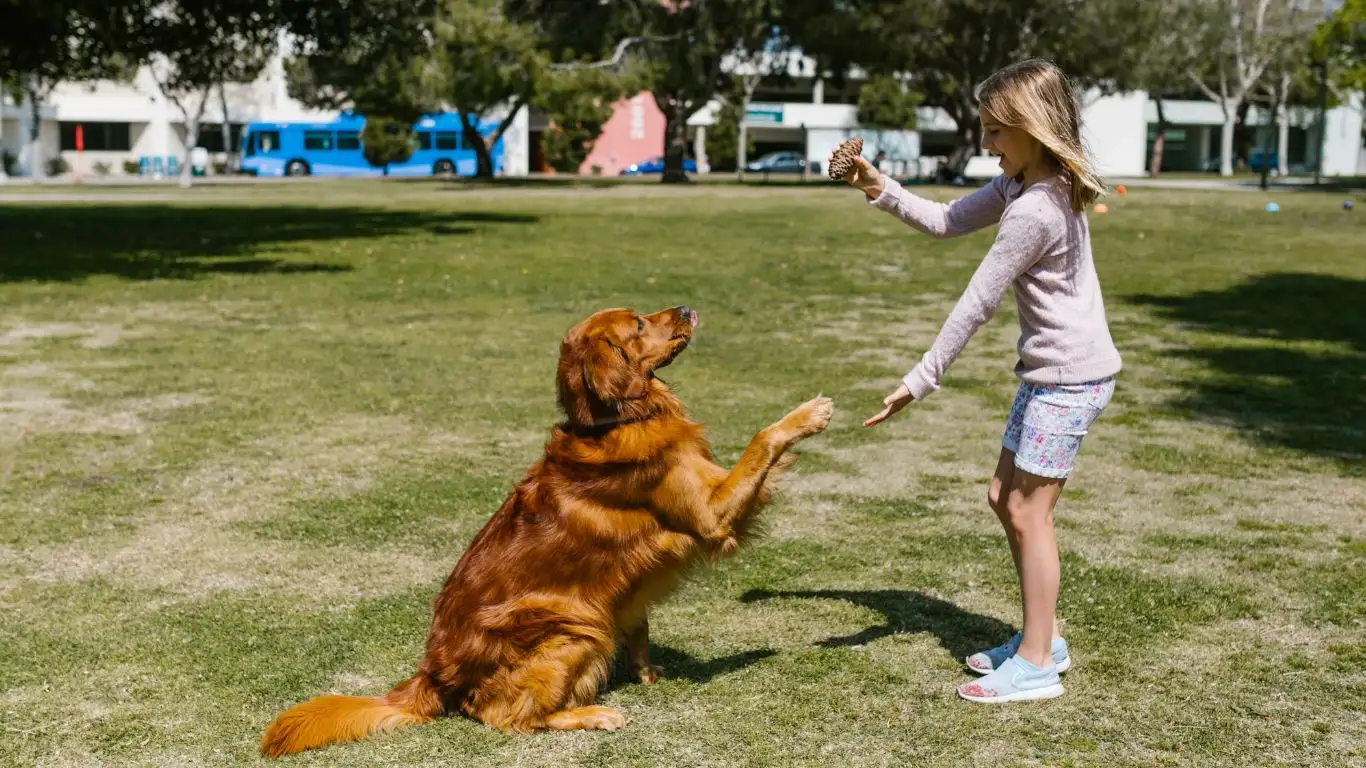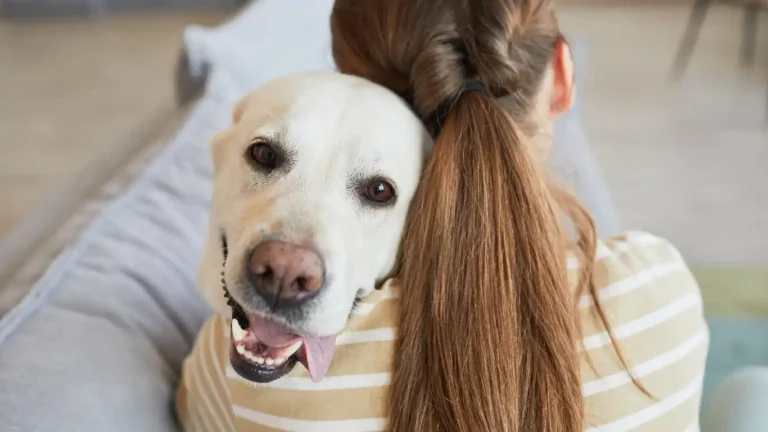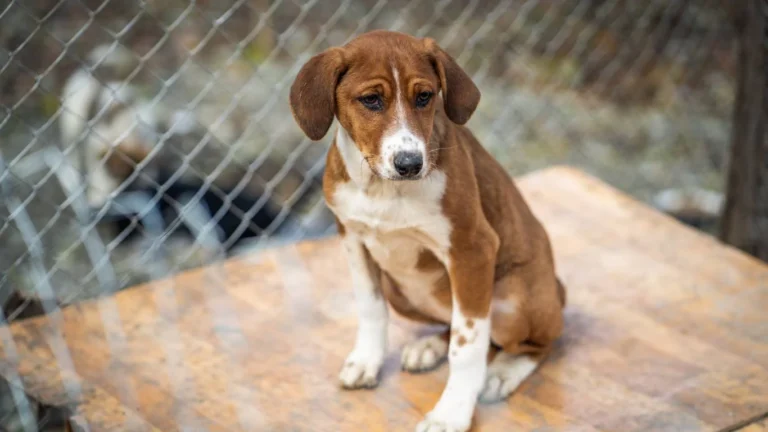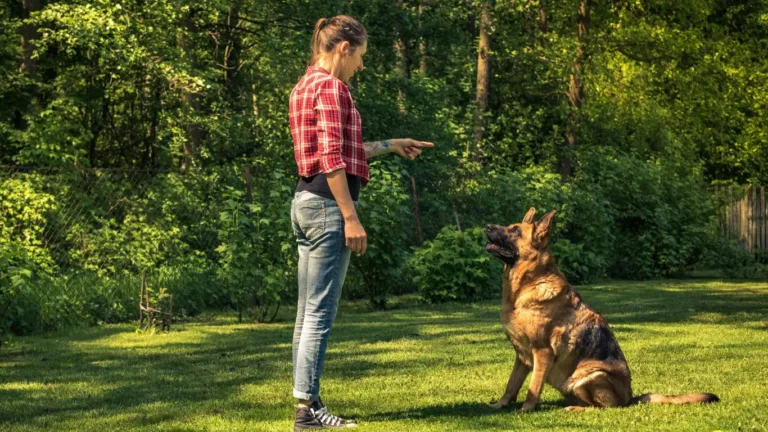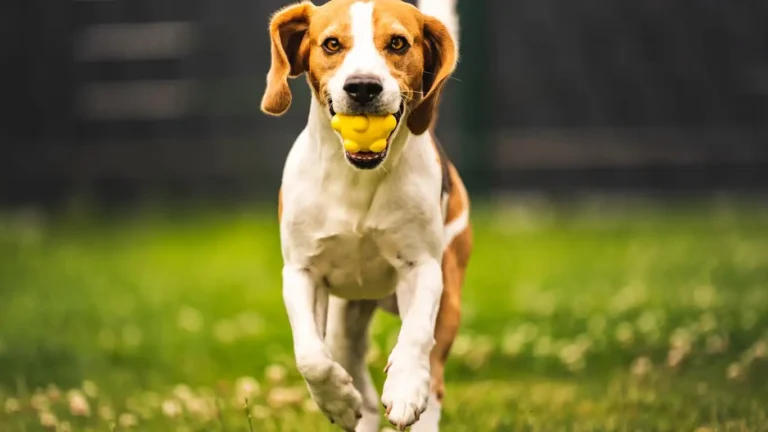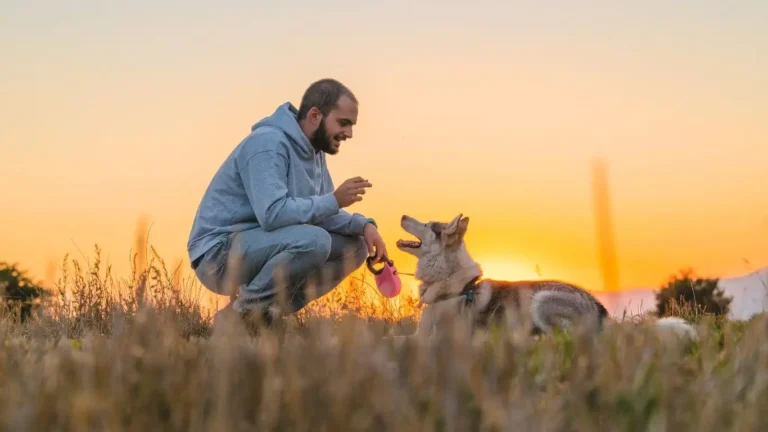Train Your Dog to Stay Calm at Campgrounds: Expert Tips That Work
If you’re anything like me, you know that few things beat packing up your gear, hitting the open road, and setting up camp with your four-legged buddy by your side. But I’ve seen firsthand—both as a Canine-Assisted Therapy Trainer and an avid camper—that bringing a dog along isn’t always as breezy as the mountain air. Knowing how to train a dog to behave calmly at campgrounds can be the difference between a peaceful night under the stars and a chaos-filled weekend that ends early. Trust me, I’ve worked with countless dogs (and their stressed-out humans) to make sure their camping trips go a whole lot smoother.
Why Campground Behavior Training Matters
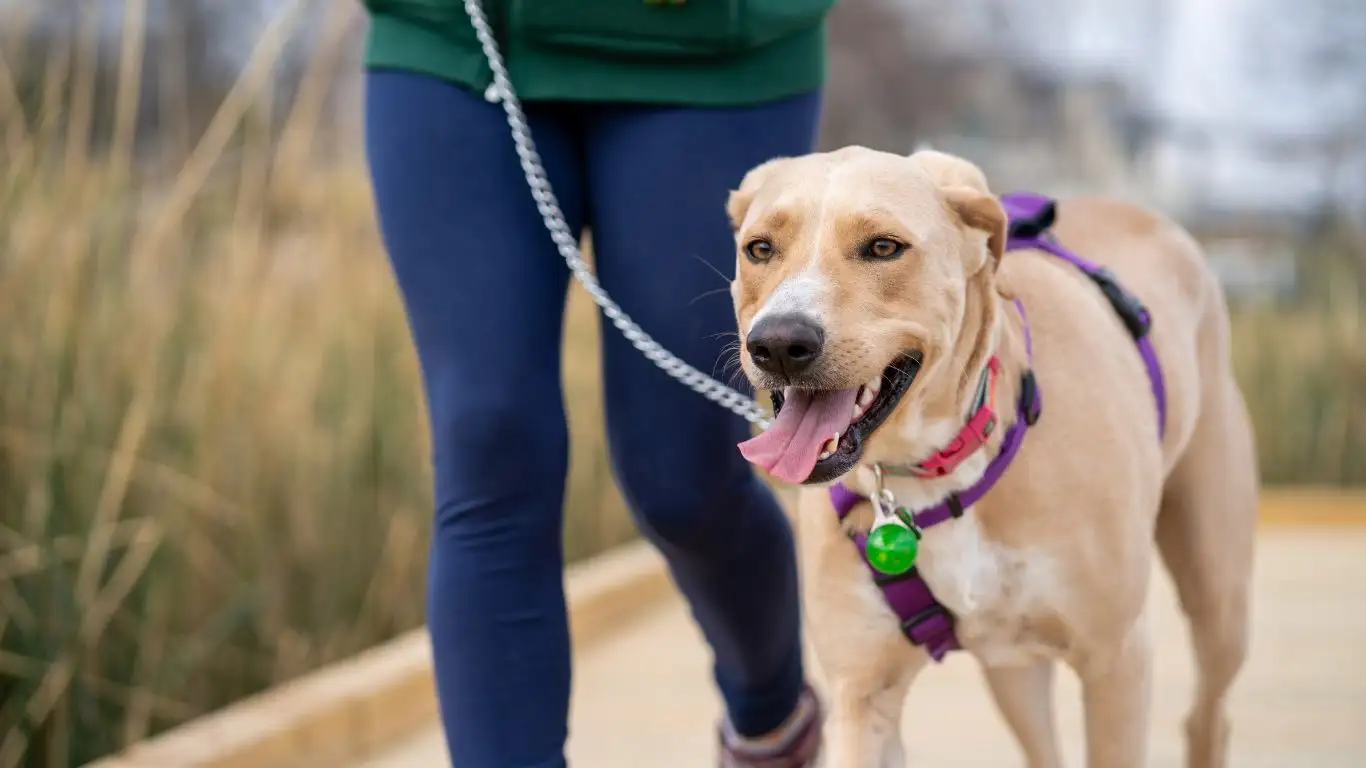
Let’s be real—campgrounds are sensory overload for dogs. There’s the sizzle of someone else’s bacon, kids on bikes zipping by, the occasional squirrel darting through the brush, and don’t even get me started on other dogs barking from the next site over. It’s like Disneyland for dogs… but with way more temptation to misbehave.
That’s why early and consistent campground-specific training is essential. It’s not just about obedience; it’s about calm behavior in a high-stimulation environment. And yes, that takes work—but it’s so worth it when your dog can lay quietly by the fire while you sip your morning coffee.
Setting the Stage Before You Ever Leave Home
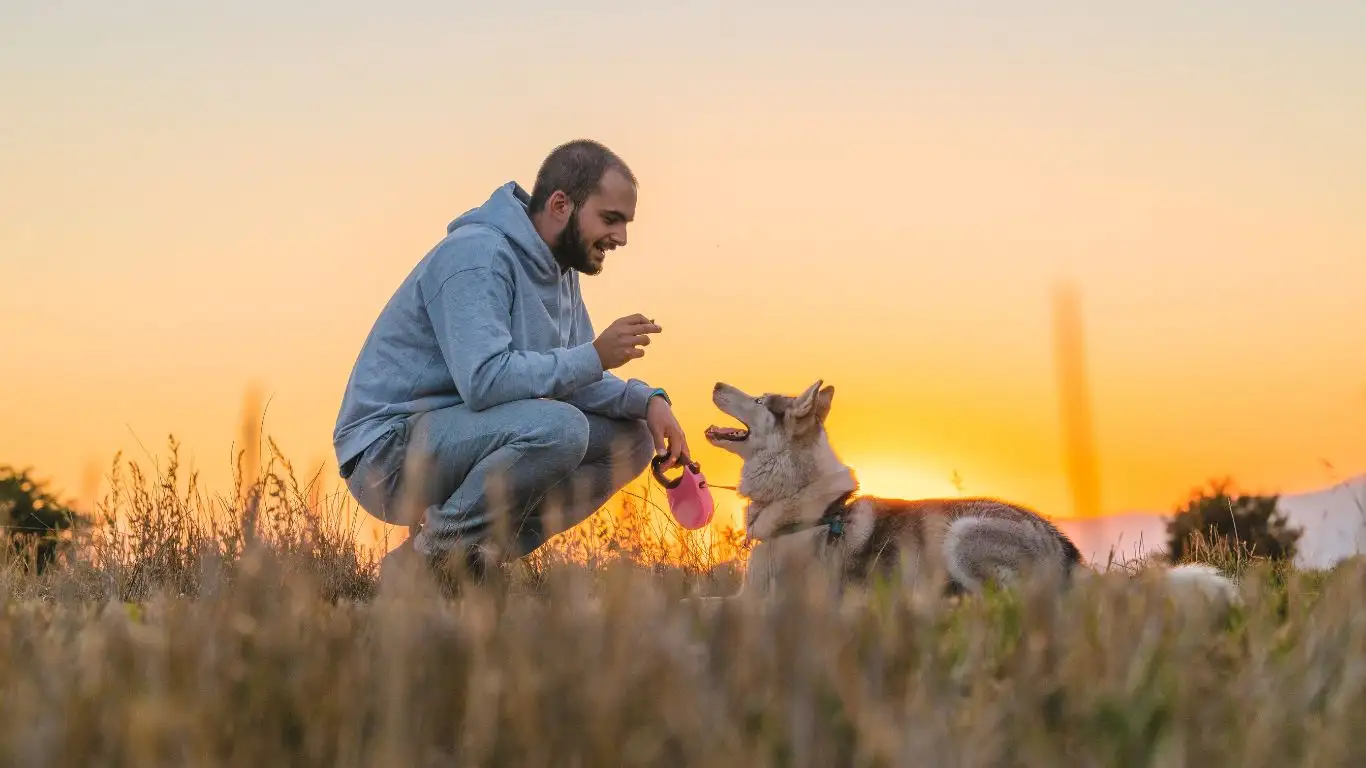
1. Start With Basic Obedience (and Then Some)
I always tell my clients, “If your dog can’t hold a ‘sit’ in your living room, they’re not ready for the campground.” You need a rock-solid foundation before introducing distractions. Your dog should reliably respond to:
These aren’t just party tricks—they’re survival tools in the wild.
2. Simulate a Campground at Home
Here’s a little hack I love: set up a faux campsite in your backyard. I’ve done this with many therapy dogs in training. Throw up the tent, light the fire pit (safely), and introduce all the smells, sounds, and gear they’ll encounter on a real trip. Practice commands in this mini-environment to create familiarity.
3. Socialize… But With a Strategy
It’s not enough to just let your pup meet people or other dogs. The key is controlled exposure. Visit pet-friendly patios, local parks, and even outdoor festivals where dogs are allowed. Reward calm behavior heavily. I like to use soft treats or high-value food like cooked chicken to keep their attention on me when things get hectic.
Arrival at the Campground: First Impressions Count

4. Establish Boundaries Immediately
The moment we roll into a site, my dog’s leash is on and we do a slow walk of the perimeter. No free roaming. I let her sniff and take in the new setting, but we’re in working mode. This lets her know it’s a shared space, not a free-for-all. I also set up a visible boundary with a long line or exercise pen so she has a defined hangout zone.
5. First 30 Minutes = Training Time
I can’t stress this enough: that first half-hour at camp sets the tone for the entire trip. I keep things calm and structured. No excited greetings with neighboring campers or dogs. I guide her through our routine—laying out her bed, practicing a few commands, rewarding calm energy. It might seem strict, but dogs crave that sense of order. Once they know the rules, they can relax.
6. Manage Barking From the Get-Go
Look, even the best-trained dogs might get vocal at camp. That’s natural. But the trick is how quickly you respond. I carry a pocket of treats and a calm “quiet” cue I’ve practiced at home. If barking starts, I immediately redirect. If needed, I’ll remove her from the trigger until she’s calm again. Don’t wait until it’s a full-blown meltdown. Nip it early and often.
Gear That Makes Calm Behavior Easier
7. Use the Right Tools
I never go camping without a few must-haves that help with training and relaxation:
- High-quality long lead: Allows freedom while keeping control
- Chew toys or puzzle feeders: Keeps them mentally occupied at the site
- Portable crate or soft kennel: A safe retreat that feels like home
- Mat or blanket: Trained “place” areas create calm on cue
Bringing gear your dog is familiar with from home makes the campground less intimidating. I always bring the same bed my dog uses during therapy sessions—it’s her safe spot no matter where we are.
8. Don’t Forget Routine
Even if you’re on vacation, dogs thrive on structure. Feed them at the same times. Stick to their walk and bathroom schedule as much as possible. This simple consistency reassures them everything’s under control—even if the environment is new.
Handling Common Campground Challenges
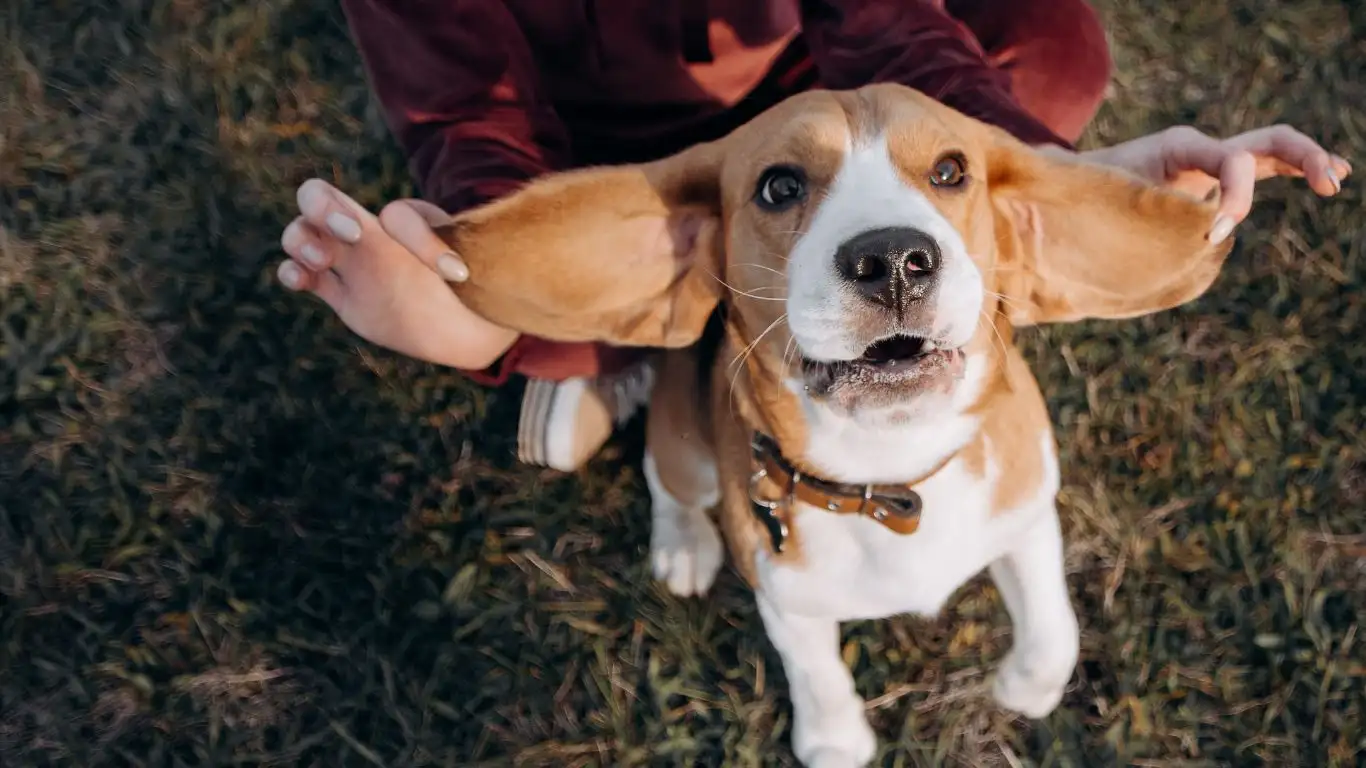
Alright, now that we’ve covered the basics of setting your dog up for success at campgrounds, let’s dive into some of the common challenges you’ll face while you’re out in the wild. These are the moments when training really shows its value—and where your patience, consistency, and calm energy will make all the difference. I know firsthand how easy it is to let frustration creep in, but here’s a little secret: if you stay calm, your dog will follow suit.
1. Dealing with Wildlife and Distractions
One of the biggest tests for any dog at a campground is the overwhelming sensory environment. There’s no telling what kind of creatures might wander into your campsite, and it can be tempting for your dog to chase after every rabbit, squirrel, or bird that crosses their path. Here’s the key: anticipate these moments and stay one step ahead.
Before you even get to the campground, make sure your dog has mastered the “leave it” command. This is a life-saver when a curious critter catches their eye. The best time to practice is at home with low-level distractions (like a falling leaf or a toy they love). Once you’ve got that down, introduce distractions like moving cars or passing joggers. When you arrive at the campground, reinforce the “leave it” command whenever you see a squirrel or something else that might get their attention.
2. The Barking Dilemma
Barking is a natural form of communication for dogs. But when you’re camping, the last thing you need is your dog barking non-stop at every passing camper or dog. As someone who’s trained therapy dogs, I can tell you—it’s all about prevention.
If your dog tends to get a bit loud, I recommend using a combination of the following:
- Redirection: As soon as they start barking, redirect them to a quiet activity like chewing a toy or lying on their mat.
- “Quiet” Command: Practice this at home in a controlled setting. When they stop barking, immediately reward them with a treat.
- Crate Time: If they’re still overly excited, putting them in their crate for a short time to calm down can be a great strategy.
3. Keeping Calm Around Other Dogs
There’s something magical about seeing dogs interacting at a campground—until that one dog starts charging at yours. This situation can be nerve-wracking, but with the right training, it’s manageable. I always make sure my dog is on a leash during interactions, no matter how friendly the other dog looks. Never assume that every dog will get along immediately. It’s best to maintain control of the situation.
To help your dog stay calm, practice walking them in environments where other dogs are present (but not directly interacting). For example, visit dog-friendly parks or take them to pet stores where they can see and smell other dogs from a distance. Reward them for staying calm and focused on you, rather than being overly distracted by the other dog.
Setting Up Your Campsite for Dog-Friendly Success
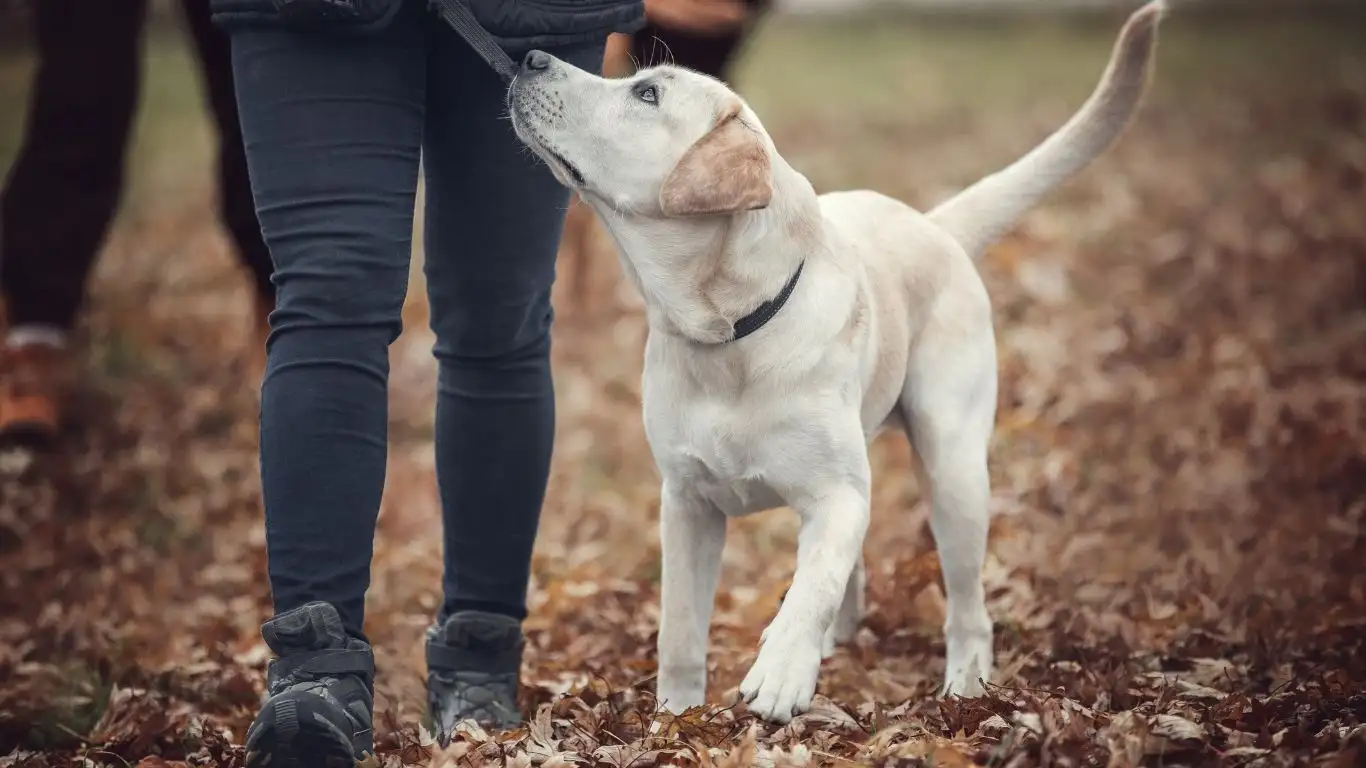
4. Create a Defined Space for Your Dog
One thing that can be easily overlooked is creating a dedicated space for your dog within your campsite. Think of it like a “home base” where they can relax and feel safe. If you’re not using a crate, a comfortable mat or dog bed works wonders. We all know how chaotic it can get at a campground—especially when kids and other campers are coming and going. A familiar spot will help your dog stay calm and grounded amidst the hustle and bustle.
During the first few days, I always make sure my dog spends time in their space, especially when I’m setting up the tent or unpacking gear. It gives them a sense of ownership over their environment and helps them settle in faster. Plus, it’s a great way to prevent them from getting into things they shouldn’t!
5. Supervision and Leash Time
Even if your dog is super well-trained, supervision is key. I always keep a leash on my dog when we’re in unfamiliar environments. Campgrounds can be unpredictable, and you never know when a random distraction might pull their attention away. Having them on a leash gives you that extra layer of control without being overly restrictive. Plus, it’s a perfect time to reinforce some of those campground commands you’ve been working on.
But here’s the thing: just because you’re using a leash doesn’t mean your dog can’t enjoy the space around them. Once your dog is calm and comfortable, I’ll often give them a little slack on the leash so they can explore their environment at a safe distance. Just be sure to keep an eye on them—especially when wildlife is nearby.
Managing Play and Relaxation at Camp
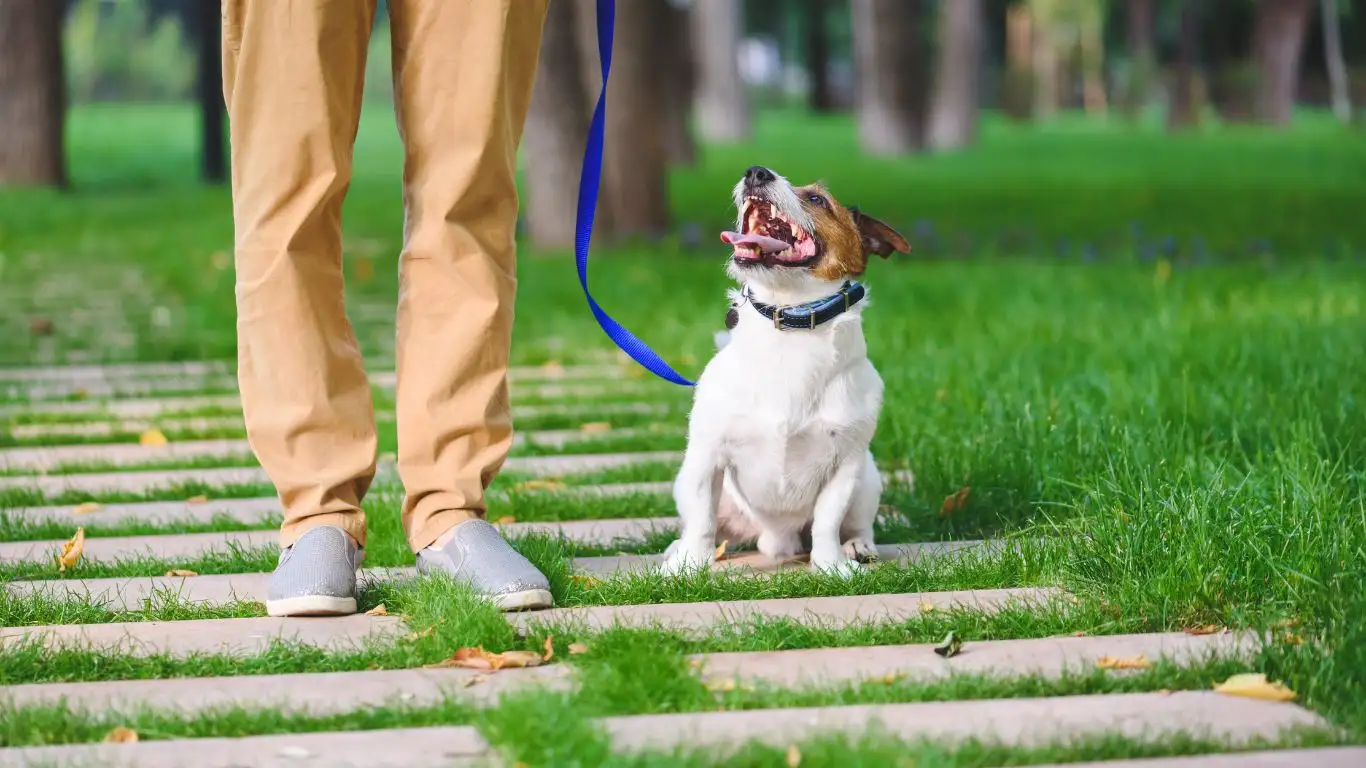
6. Balancing Playtime with Rest
When I’m camping, I want my dog to have as much fun as possible. But just like us, they need downtime. That means balancing playtime with rest. I love having a stash of dog-friendly toys to keep my dog entertained. Fetch is always a hit, but I also keep a couple of puzzle toys or a stuffed Kong to keep her mentally stimulated.
But here’s where the challenge comes in: knowing when to call it quits. I try to read her body language. If she’s slowing down, panting heavily, or starts getting distracted easily, I’ll redirect her to a calm activity or let her take a nap in her crate. Overdoing it can lead to overstimulation and anxiety, which we’re definitely trying to avoid.
7. Consistency is Key
Above all, consistency is what will make or break your camping experience with your dog. Dogs thrive on routine, and the more you stick to the rules, the smoother your trip will go. I always make sure to follow the same practices each day—whether it’s reinforcing commands, offering plenty of breaks, or just ensuring they have time to relax.
Maintaining Calm at the Campground: Long-Term Strategies

As you continue practicing and refining your dog’s behavior at campgrounds, it’s essential to remember that success doesn’t come overnight. This process is all about consistency, patience, and adjusting based on your dog’s individual needs. Over time, your dog will become a seasoned camper, able to handle everything from noisy neighbors to unexpected wildlife encounters with calmness and composure.
1. Reinforcing Training Throughout the Trip
One thing that’s worked wonders in my experience as a trainer is consistently reinforcing training during the entire trip. It’s tempting to relax once things are going smoothly, but maintaining a consistent training routine ensures your dog continues to respond well in the future. Small daily sessions of practice—even just a few minutes—will keep their skills sharp and help them stay calm in the face of distractions.
For example, during downtime at the campsite, I often practice simple commands like “sit,” “stay,” and “come.” When I’m cooking, I’ll ask my dog to go to their mat, reinforcing the “place” command. These small interactions not only keep them engaged but also remind them that I’m in charge, which helps maintain calmness throughout the day.
2. End Each Day with a Calm Routine
One of the best ways to signal to your dog that the day is winding down is by following a calm bedtime routine. I like to take my dog on a short walk after dinner and then settle into the tent or camper for some quiet time. This routine helps them wind down, especially after an active day full of exploration and play. Having a calm routine at night reduces restlessness, which makes for a better sleep for both of you.
Even though you might be tempted to stay up late, remember that your dog needs rest just like you do. Establishing a bedtime routine that includes some final calming cues, like a soft voice, gentle petting, or chewing on a favorite toy, will signal to your dog that it’s time to settle in for the night.
Handling the Unexpected at Campgrounds
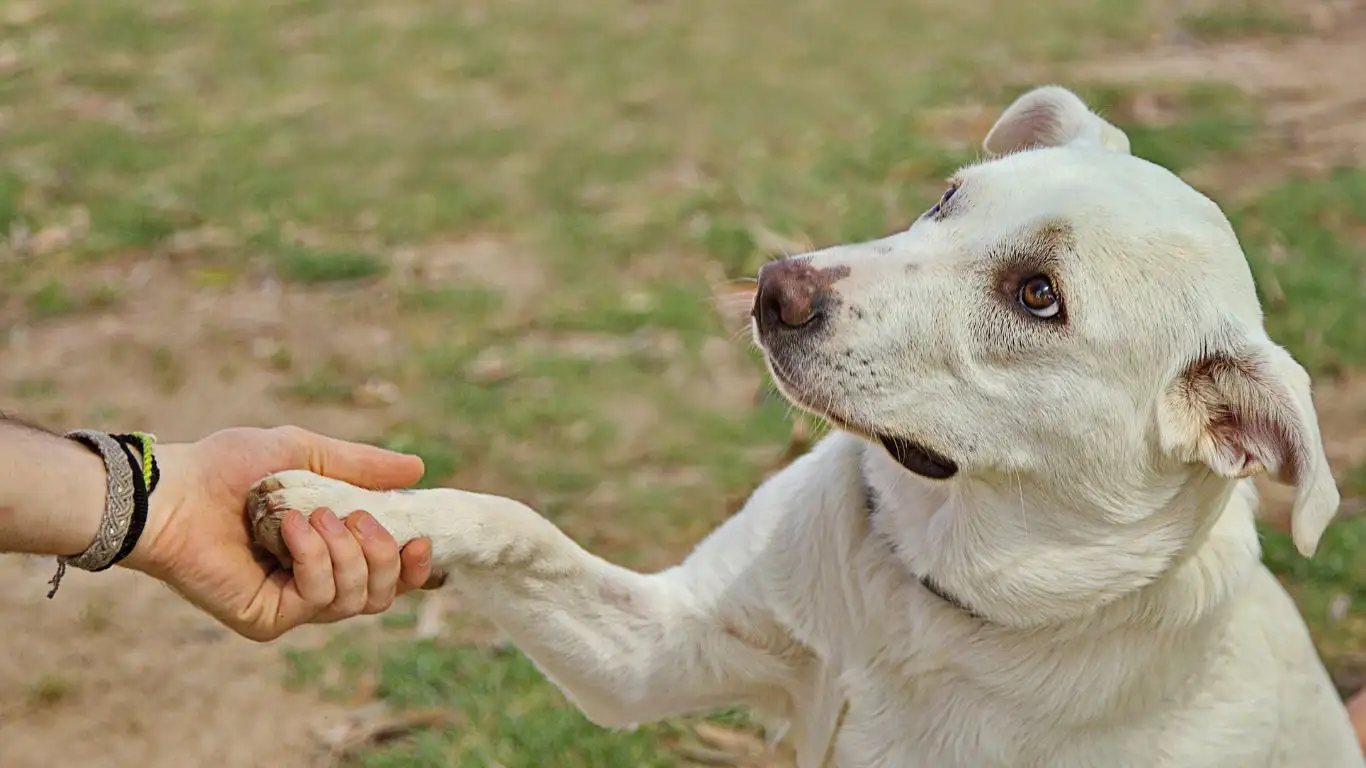
3. Managing Unfamiliar People and Campers
Let’s face it—campgrounds are social places, and that means your dog will likely encounter all kinds of new people. Whether it’s fellow campers, kids running around, or hikers passing through, these encounters can be overwhelming for some dogs. However, a well-trained dog will be able to handle it with grace—thanks to your thoughtful preparation.
When meeting new people, keep your dog on a leash and allow them to approach at their own pace. I’m always cautious about sudden interactions, especially with children who might be too excited or unpredictable. If your dog is nervous or unsure, I encourage them to sit or lie down beside me to show them that there’s no need to react with fear or excitement. Over time, this type of controlled exposure helps them become more comfortable with new people in a variety of environments.
4. Handling Fireworks and Loud Noises
If you’re camping around holidays or during special events, there’s a chance you’ll encounter fireworks or other loud noises. Many dogs can become anxious around loud sounds, and it can be stressful for both them and their owners. This is where consistent desensitization and providing a “safe zone” really comes into play.
Start by gradually exposing your dog to recorded sounds of fireworks at home, rewarding calm behavior during these sessions. When camping, make sure your dog has a comfortable, quiet spot in the tent or camper to retreat to. A favorite blanket or toy can provide comfort, and using calming products like pheromone diffusers or anxiety wraps may also help. If your dog is particularly sensitive, consult with your veterinarian about calming supplements or medications to help manage stress during your trip.
Maintaining Your Dog’s Health While Camping
Camping with a dog requires more than just behavioral training; it’s also about ensuring your dog stays healthy and safe in the great outdoors. While they may love to run, hike, and explore, there are a few health-related considerations you’ll want to keep in mind to keep your dog in top shape throughout the trip.
5. Hydration and Nutrition
When you’re out hiking or spending a day outdoors, hydration is key. Make sure to pack a portable water bowl and encourage your dog to drink water regularly. In hot climates, dogs can easily overheat, so be sure to watch for signs of dehydration, like excessive panting or dry gums. On top of water, I always make sure to pack enough food for the trip, and I bring a portable dog bowl for meals, too. Don’t forget to feed your dog their usual diet to avoid any stomach issues, especially if you’re camping for an extended period.
6. Tick and Bug Protection
If you’re camping in areas with a lot of wildlife or dense vegetation, ticks and fleas can be a concern. Always use preventative treatments like flea and tick medicine or natural remedies before your trip, and check your dog regularly for ticks, especially after hiking in tall grass or wooded areas. A good habit is to brush your dog’s coat daily to keep bugs at bay and to ensure there’s no dirt or debris accumulating in their fur.
References
Disclaimer
The information provided in this article is based on personal experience as a Canine-Assisted Therapy Trainer and is intended for informational purposes only. Always consult with a veterinarian or professional dog trainer for advice specific to your dog’s individual needs. Every dog is different, and what works for one may not work for another.
